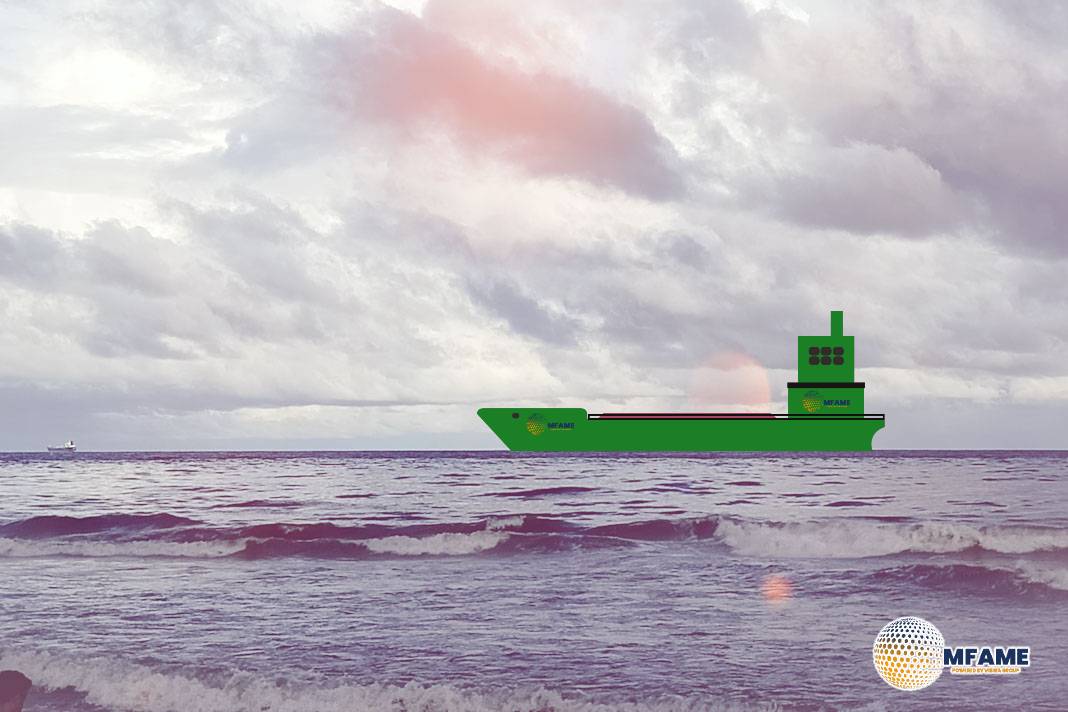- US West Coast Gateways Continue to Underperform.
- San Pedro Bay Strengthens Grip on NAWC Market Share.
- Port of Los Angeles Emerges as Key Growth Driver.
In the latest issue of the Sea-Intelligence Sunday Spotlight, specifically Issue 740, the import volumes at major North America West Coast (NAWC) ports were examined for the first three quarters of 2025. The results reveal a significant difference in performance: Canadian ports are holding steady at pre-pandemic levels, while the major US West Coast ports are lagging. On a positive note, the Port of Los Angeles has managed to bolster its position and increase its share of the overall NAWC market, reports Sea Intelligence.
Canadian Ports Keep Up With Pre-Pandemic Levels
Vancouver and Prince Rupert have shown important growth in Q3 of 2025 that aligns with their averages from 2017 to 2019. Their consistent throughput stands in stark contrast to the struggles faced by the US West Coast.
US West Coast Ports Struggle Overall
All major California ports, along with the Northwest Seaport Alliance (NWSA), have underperformed when compared to their pre-pandemic standards. NWSA experienced the most significant drop, highlighting ongoing challenges in the Pacific Northwest gateway.
San Pedro Bay Complex Increases Market Share
The combined ports of San Pedro Bay, which include Los Angeles and Long Beach, have grown their share of NAWC-laden imports from 68.9% in Q1 of 2025 to 70.7% in Q3 of 2025. This indicates a clear trend of cargo being funnelled toward Southern California.
Port of Los Angeles Leads the Charge
The Port of Los Angeles was the primary contributor to this regional growth, boosting its individual market share from 35.3% in Q1 of 2025 to 38.0% in Q3 of 2025. This increase has helped to balance out declines seen in other areas.
Long Beach, NWSA, and Oakland Experience Declines
The Port of Long Beach saw its share dip from 33.6% to 32.7% during the same timeframe. NWSA faced the most consistent decline, dropping from 8.9% in Q1 of 2025 to 7.5% in Q3 of 2025. Oakland also experienced a smaller but steady decrease, falling from 6.9% to 6.3%.
Did you subscribe to our daily Newsletter?
It’s Free Click here to Subscribe!
Source: Sea Intelligence
















